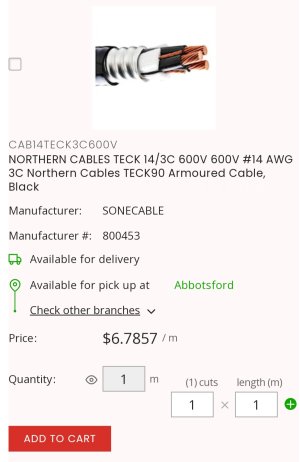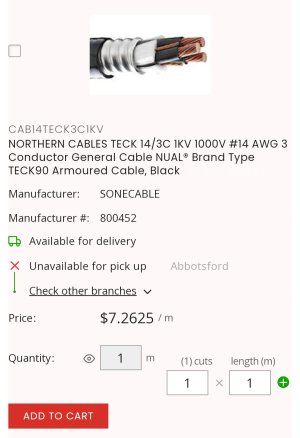@thestelster
The plants up north do have engineers that do all the thinking for their electricians. That man is obviously from one of them.
However, what he said appears to me to just be a “it’s too complicated for us (plebs) to understand at any reasonable level because of this (myriad of factors) so just copy what’s been done before by the engineers.”
This is not the case at all. There are numerous factors that contribute to cable sizing in his plant (or any plant) being above the normal allowance that the CEC gives for motor power circuits, not all to do with the VFD.
Almost all VFD installation manuals state “comply with local or national electrical installation codes and standards for cable sizing”.
Harmonics in drive applications are handled typically by reactors or filters. Not by upsizing cables.
The factors that likely are present in his plant (at least in all the large facilities in northern Alberta I’ve been involved in constructing or maintaining) are:
1) Long cable runs. From MCC to field device. Cables must be upsized appropriately.
2) Multiple cables in cable tray. Cables must be de-rated to allow for overall cable tray heating and upsized accordingly.
3) Engineer’s not wanting to screw up and go to small so just YOLO’ing the cable up a size or two because no one ever got fired for spending black gold money anyway.
4) Ambient temperature in the facility is over 30degC, cables must be upsized to account for that appropriately.
We can’t overcomplicate this for us. Yes sometimes cables are bigger then 1.25x. BUT this is not going to be relevant for us old (or not so old) dudes messing around with clapped out lathes in our garages.
Cable sizing at 1.25x is relevant for probably 90% of drive applications for other commercial purposes as well.
1.25 is adequate in almost 100% of cases for us retrofitting simple machine tools with a VFD for a motor or two.
VFD’s are the biggest rabbit hole on this site. LOL.


